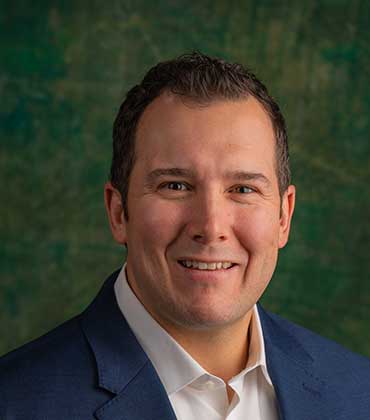Understanding Co-Occurring Disorders

Co-occurring disorders are common. In fact, research shows that many people with a substance use disorder also have a mental health disorder and vice versa. Common combinations are depression and alcohol abuse, anxiety and drug addiction, or bipolar and stimulant use. These conditions feed into each other so it’s important to treat both at the same time not separately.
People with co-occurring disorders face many challenges. Mental health issues can drive people to self-medicate with substances and substance abuse can worsen or trigger mental health symptoms. This cycle makes treatment complicated as each disorder can impact the other and create a complex treatment landscape.
The Challenges of Treating Co-Occurring Disorders Separately
Traditional treatment approaches often treat mental health and substance use issues in isolation. For example someone may get therapy for depression and be treated for addiction in a different facility. While each treatment may work on its own, treating these conditions separately can mean incomplete recovery.
One of the biggest challenges of separate treatment is relapse. When mental health and substance use disorders are not treated together individuals may continue to struggle with symptoms of one condition which can trigger a relapse of the other. This fragmented approach can create cycles of recovery and relapse and prevent individuals from achieving long-term stability and wellness.
And separate treatments often lack coordination so there are gaps in care. Without a unified approach, it’s hard to know if all aspects of a person’s health are being considered and managed.
What is Integrated Treatment?
Integrated treatment is a holistic approach that treats both mental health and substance use disorders at the same time within one treatment program. This means the coordination of multiple treatment services to treat both conditions together and how they impact each other.
Unlike traditional approaches integrated treatment provides a one-stop shop approach with combined therapies and supports. This can mean a range of services such as individual and group therapy, medication management and support groups all working together to address the whole person.
7 Benefits of Integrated Treatment for Co-Occurring Disorders

- Holistic Approach: With integrated treatment, you’re not just addressing one problem at a time. Instead, you’re getting a plan that sees the big picture. It’s about understanding how mental health and substance use impact each other and creating a treatment plan that fits your life.
- Better Results: The numbers don’t lie. People who go through integrated treatment are more likely to stick to recovery and avoid slipping back into old habits. By focusing on both issues together, you’re setting yourself up for a stronger, longer-lasting recovery.
- Personalized Care: No cookie-cutter solutions here. Integrated treatment is all about making sure the plan fits you. If something isn’t working or you’re making progress faster than expected, the plan adjusts. It’s like having a treatment plan that moves with you.
- Teamwork: With integrated treatment, all your healthcare providers are on the same page. You’re not bouncing from one place to another, trying to connect the dots. Everyone’s working together, making sure you get the right care, right when you need it.
- Staying Engaged: When you feel like your treatment really fits your life, you’re more likely to stick with it. Integrated treatment can help you stay motivated and involved in your recovery because you can see how everything is connected. It’s a lot easier to stay committed when the plan makes sense and works with you.
- Efficient and Convenient: Integrated treatment saves you time and hassle by combining everything into one plan. You don’t need to juggle multiple appointments or providers. It’s a one-stop shop for your recovery, making it easier to focus on getting better.
- Less Stigma: When your treatment covers all bases, it normalizes the fact that you’re dealing with more than one issue. This can make it easier to talk about what’s going on and feel less alone in the process. You’re not just a person with a “problem”—you’re someone taking care of their whole self.
Integrated treatment is about tackling the whole challenge, not just part of it. When you’re dealing with co-occurring disorders, having a plan that sees the full picture can make all the difference. Whether it’s keeping you engaged, helping you avoid relapse, or just making life easier, integrated treatment offers a path that works with you, not against you.
Components of an Effective Integrated Treatment Program
At Jaywalker, we get that dealing with both mental health and substance use issues at the same time isn’t easy. That’s why we’re all about providing integrated treatment that tackles both, head-on. We start with a deep dive into your situation, so we can create a personalized treatment plan just for you. Our goal is to make sure all the pieces fit together, giving you a solid and effective path to recovery.
Here’s how we make sure we’re covering all the bases:
Assessment and Diagnosis
Personalized Treatment Plans
Combined Therapies
Our approach pulls in various therapies that work together. Whether it’s cognitive-behavioral therapy (CBT) to help with mental health or medication-assisted treatment (MAT) to manage substance use, we make sure everything is aligned for your recovery.
Ongoing Support
If you or someone you care about is struggling with co-occurring disorders, reaching out to a dual diagnosis treatment center like Jaywalker could be the first step toward lasting recovery. Our integrated approach is here to help you build a healthier, more balanced life. Get in touch with us today to see how we can support you on your journey to recovery.



